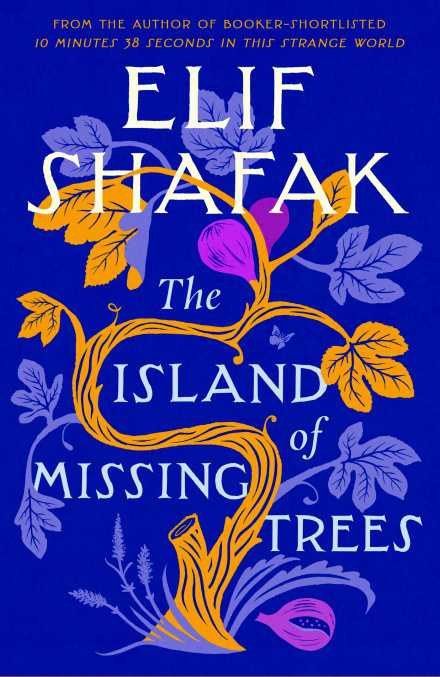I have never been to Cyprus but I find I have childhood memories linked to that troubled island. Firstly, of my mother cooking Sunday lunch with the radio playing Family Favourites In the background, presented by Jean Metcalfe, wife of Cliff Michelmore. I remember love and good wishes winging their way to soldiers in many strange and exotic sounding places, one of them being BFPO (British Forces Post Office) Akrotiri, still a Cypriot UK airbase, in the extreme south of the island, to this day. And then in the 60s there were television pictures of a tall, bearded man in strange robes whom I later came to understand was Archbishop Makarios of the Greek Orthodox Church, who was for a short while the elected President of the island. A few years later I was on an educational cruise in the Mediterranean with about 1,000 other schoolchildren and our itinerary included Athens and also Izmir in Turkey on the Aegean coast. We visited neither as there was a flare up in hostilities over Cyprus and the ship’s captain was not happy about docking in Turkey. Apparently he thought his ship might be held hostage.
We all take something of ourselves to any book that we read and these memories will have influenced my reading of by the British/Turkish writer Elif Shafak.

You may already have guessed that the focus of this book is a love story, set in Cyprus between a young couple from the two communities on the island: Kostas, a Greek Christian and Defne, a girl from the Turkish Muslim neighbourhood. The time is set at various points in the 20th century. There are very, very many stories with this starting point and I did at one stage almost expect the next line to reference Shakespeare and be: Kostas, Kostas wherefore (why) art thou Kostas? Romeo and Juliet and West Side Story were definitely brought to mind, as well as stories set in Ireland with the disconnect being between Catholic and Protestant.
So far so good. However, the delightfully quirky part of this writing is that large sections of the narrative are told by a fig tree! Yes, I know, weird and whacky but I really, really like that. I like quirky in many situations and particularly in books. To me it is indicative of an imagination that is open, lively and also confident. It does not wish to fade into the background.
I have only read one other of Elif Shafak’s novels: the Architect’s Apprentice and it is entirely different from this one but odd and eccentric in its own way. Anyway, back to the fig tree. It is physically central to the story as it witnesses the clandestine meetings of Kostas and Defne far removed from their families and neighbours. When difficulties and disagreements escalate to war in Cyprus the tree almost dies. Kostas is a botanist and a researcher into the hidden lives of trees and before he and Defne escape to the peace and anonymity of London, he takes a cutting of the fig tree which ends up being planted in a North London garden.
I wonder where you stand on the idea of generational trauma? This story made me ponder at length on this concept. Even if you haven’t been hurt or have witnessed violence or experienced acts of war, do these atrocities affect your life if they involved your parents, grandparents, siblings etc? They must do I think, even if hate and hurt are not directly verbally passed down to you, as has often sadly been the case in Northern Ireland. And trees? Do they suffer in the same way?
Richard Mabey and Robert Macfarlane are two well known authors who are writing about trees, plants and nature in general in a different way. It is a new animism and many scientists and botanists are insisting that trees are not just single entities but that they live and grow in a cooperative fashion, able to communicate with other trees. There is a growing belief that trees are indeed sentient in a way of which we haven’t before conceived.
Fig trees are truly loaded with cultural and religious symbolism, not only in Christianity with the Genesis story of Adam and Eve (and maybe the fruit was a fig not an apple, or indeed a pomegranate) but also in Buddhism, Hinduism, Islam and it is often considered to be the symbol of Israel. So, the fig tree in this story, growing in its North London garden, holds Cypriot secrets which may help the daughter of Kostas and Defne sort out who she is and how she feels about her parents’ very different life experiences of the island of Cyprus.
This book has made me look into Cypriot history and delve deeper into the mysticism associated with fig trees. However, you do not have to do any of that, you could simply read this book because it is a very good story.
I was given a cutting of a fig tree earlier this year. It had a dodgy moment but now it is a happy baby tree. It gives me joy.
